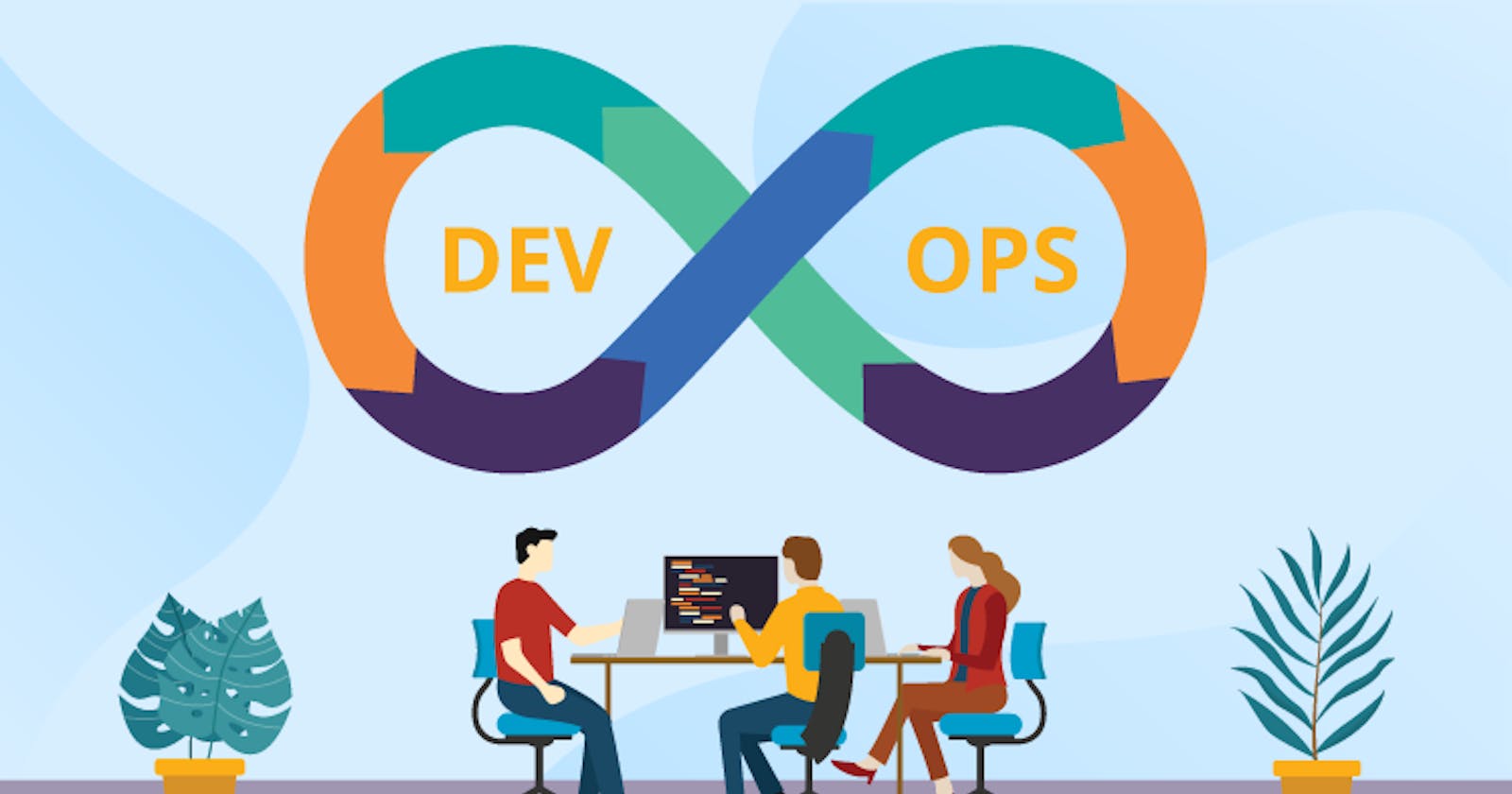DevOps and its practices have been massively adopted by various organizations. It has broken down the gap between development and operations, enabling organizations to achieve faster software delivery and improved reliability. This culture aids in the automation of the process and the ending of gaps between development and IT. DevOps is a broad conception that aims at crucial principles such as speed, rapid delivery, scalability, security, collaboration, and monitoring.
DevOps is becoming a competitive essential for all enterprises to implement DevOps. Enterprises that fall behind risk long-term success in their markets. Yet, numerous enterprises are floundering to get DevOps working as per intended. What is the secret to success with DevOps? This is the question that this article seeks to answer.
This can be categorized into seven major practices;
Design for DevOps: Designers must thoroughly understand customer use cases. the design practices should support Ops; this is to say understanding delivery and deployment pipeline processes. The design should also offer support for quality assurance. Understanding the quality test processes is key. Software code changes are pre-checked with unit tests before committing to the integration/trunk branch. Appropriate design tools are also important for best design practices. These include elastic structures, monitoring tools, test tools, etc.
Collaborative culture: Proper alignment of goals and cooperative workflows are very essential for any organization's success. DevOps practices aim to ensure team shifts from the traditional way of development cycles to collaborative engaging cycles. No amount of technology would achieve DevOps benefits without the collaboration of particular sectors of development ie. developers, QAs, and Ops.
Continuous Integration (CI): this is a process in DevOps where changes are merged into a centralized repository after which the code is automated and tested. This merges decentralized developers' working copies into a shared streamline several times a day. Continuous Integration is the best practice for software development that has a set of critical principles. Some of the principles of CI are revision control, automated testing, and build automation. The process is not known to get rid of bugs but makes it easy to find and remove bugs.
Continuous Testing(CT): This involves Devops practices where tests are done at every development life cycle. The goal of continuous testing is to evaluate the quality of the software as part of a continuous delivery process, by testing early and often. Traditional testing would rather hand off the whole software to the quality assurance department which would then carry out the tests. This would in turn require extensive time to do the same. The continuous testing adopted by businesses today offers early scrutiny of software hence faster delivery.
Continuous Monitoring(CM): Real-time lifecycle, intelligence, monitoring, and analytics are essential to speed up real-time decisions at each stage of the DevOps pipeline and avoid obstructions. Continuous control monitoring goes a long way to help enterprises acquire data from various ecosystems, which can then be used to take more robust security measures like threat assessment, quick response to breaches, root cause analysis, and cyber forensics. Also, continued monitoring keeps the processes on watch and checks on the general working of the DevOps setup.
Elastic infrastructure: resilient and elastic infrastructures perform much better. DevOps applies to many types of infrastructures that include virtualized functions, private and public clouds, private data centers, containerized packaged applications, hybrid cloud environments, and special-purpose bare-metal systems.
Continuous delivery: this involves the process of automating, building, testing, configuring, and deploying a build to a production environment. Successive environments support progressively longer-running integration, load, and user acceptance testing activities. Modular delivery packaging preparation and deployment solutions with the orchestration of virtualized and containerized applications are preferred over monolithic mutable applications.
With these "pillars" of a good foundation of DevOps success, implementation of these practices needs to be taken into keen consideration. Getting this well extrapolated within an enterprise is never a walk-in-the-park task. An organization is advised to seek proper guidance on integrating DevOps practices with its IT systems in the organization or business.
